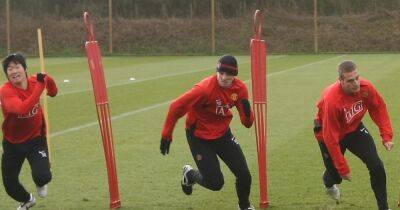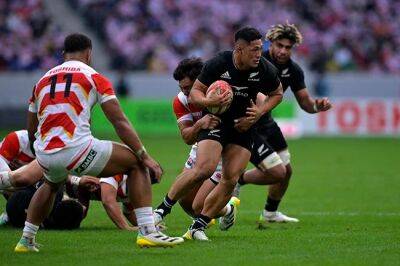Some numbers are more equal than others in rugby league’s new regime
B y the time all 36 clubs vote on 19 April about whether to accept the new IMG regime that will see clubs promoted or relegated based on five “pillars” of performance – fandom, performance, finances, stadium and catchment – rather than just onfield results, the Super League single round attendance record may have been broken.
With the Easter derbies strung out across the long rivals round weekend, the current record of 79,173 could be beaten. Crowds are up 8% on this time last year to an average of 9,047, and are the highest at this stage since 2012. Championship attendances are also buoyant, up 10% to 2,179. With attendance accounting for half of the five points available under the fandom pillar in the new system, there can be little doubt that IMG’s manoeuvres have put pressure on clubs to up their game.
In many ways clubs have been in distinct categories for years: Wigan, Leeds, St Helens, Warrington, Hull FC and Catalans make up the top six using any criteria, with Huddersfield, Hull KR and Castleford muscling their way in on some counts, and Salford and Wakefield lagging behind by most metrics. That is reflected in their attendances, which are remarkably predictable: Wigan usually average close to 13,000, St Helens 11,000, Warrington 10,000, Catalans 9,000, Castleford 8,000, Huddersfield 6,000, and Wakefield 5,000.
The majority of clubs grew their attendances considerably after the birth of Super League in 1996, many doubling crowds from those early days, but almost all have plateaued in recent years. They needed something new to propel them forward – although this is not necessarily what they want.
Under the new system there will be no weighting for clubs in different divisions, meaning teams that average 3,000







